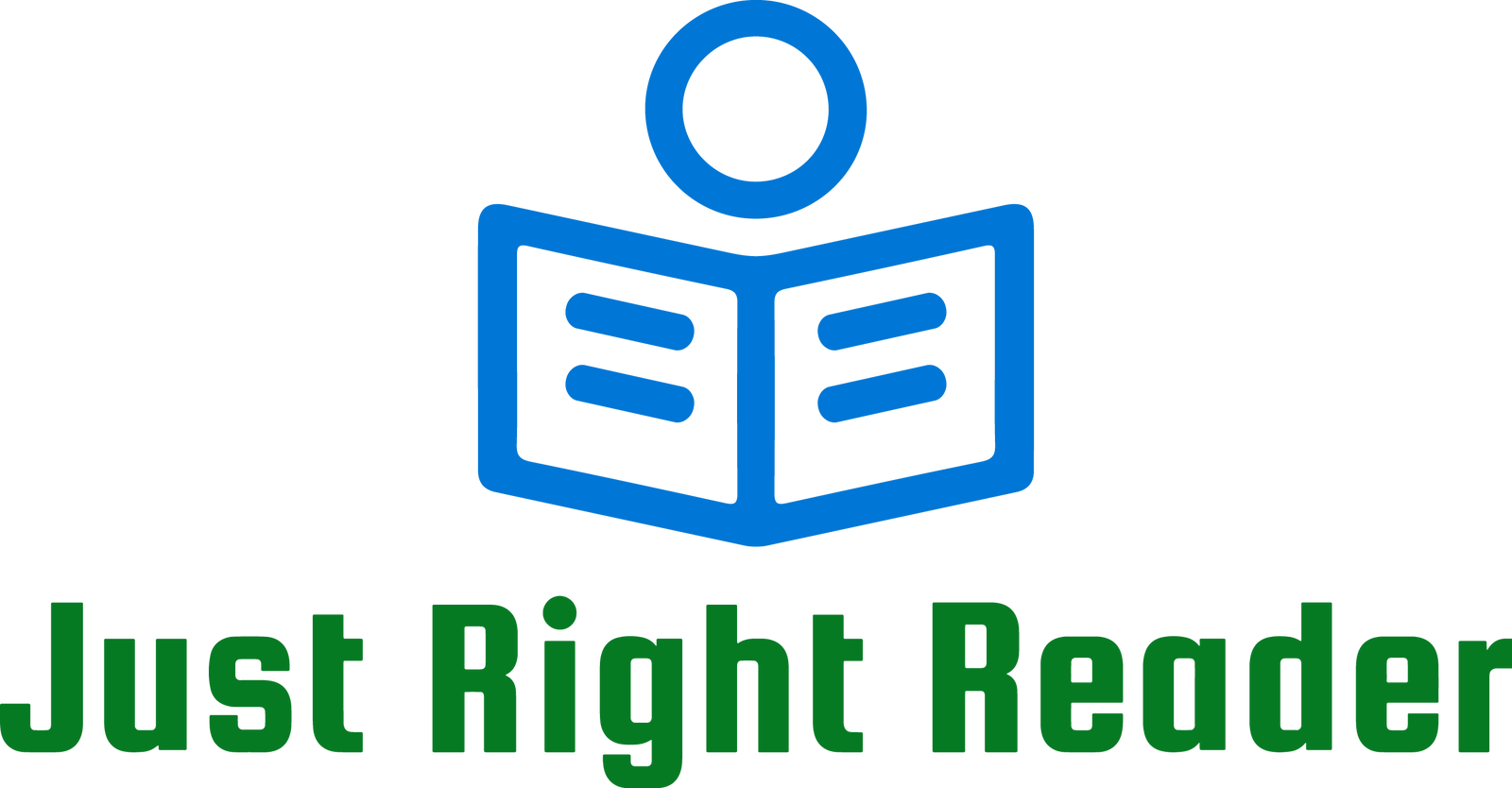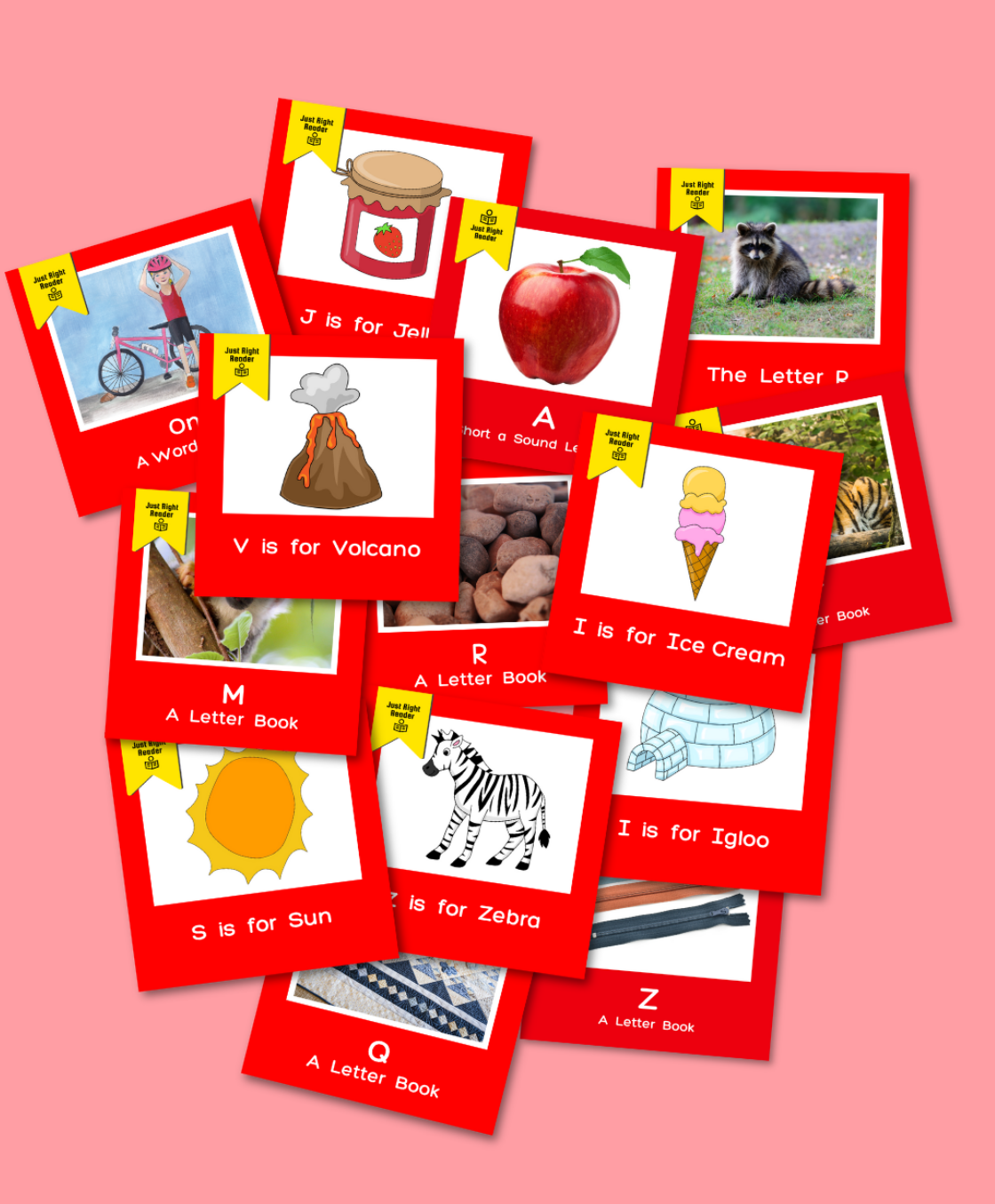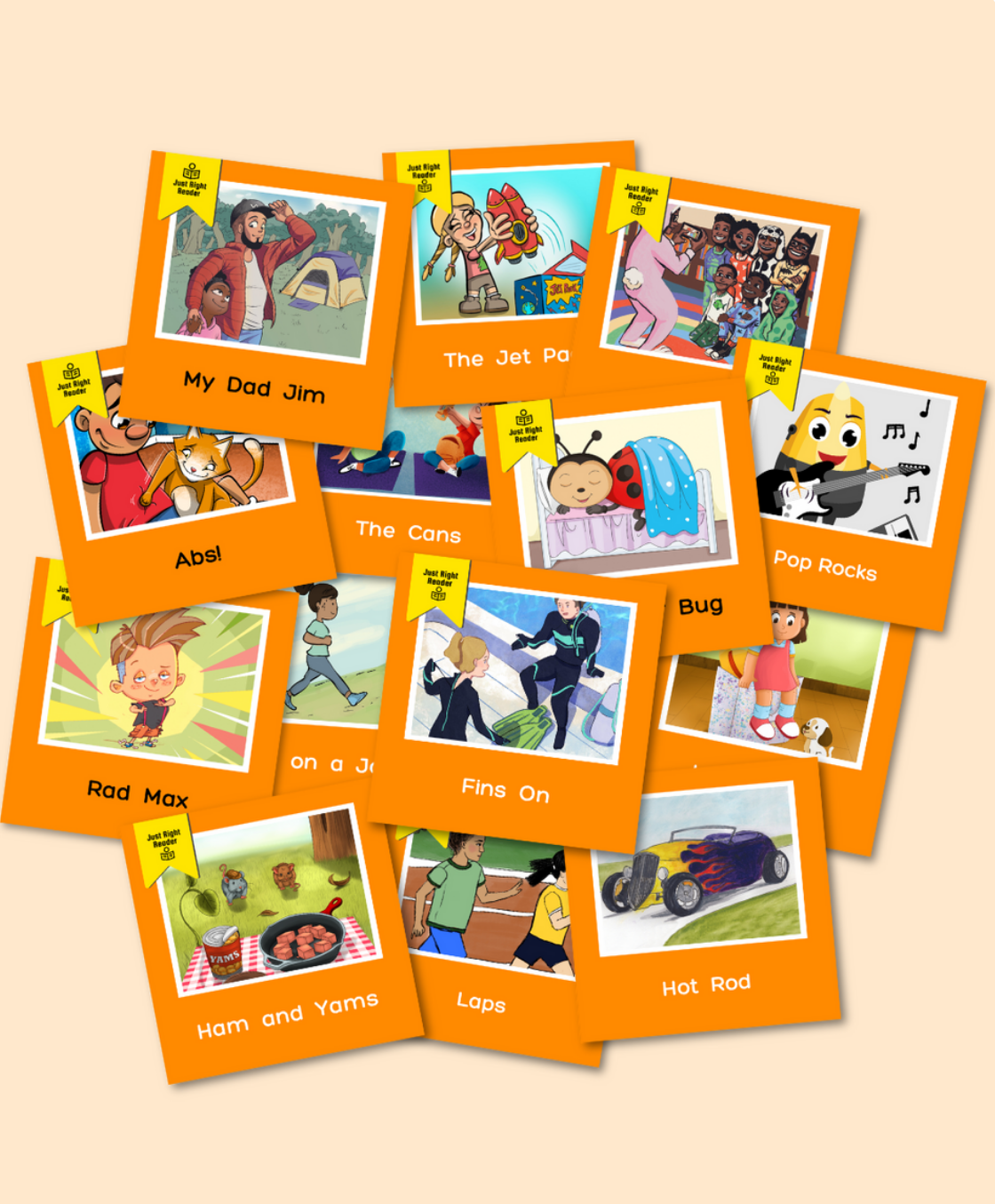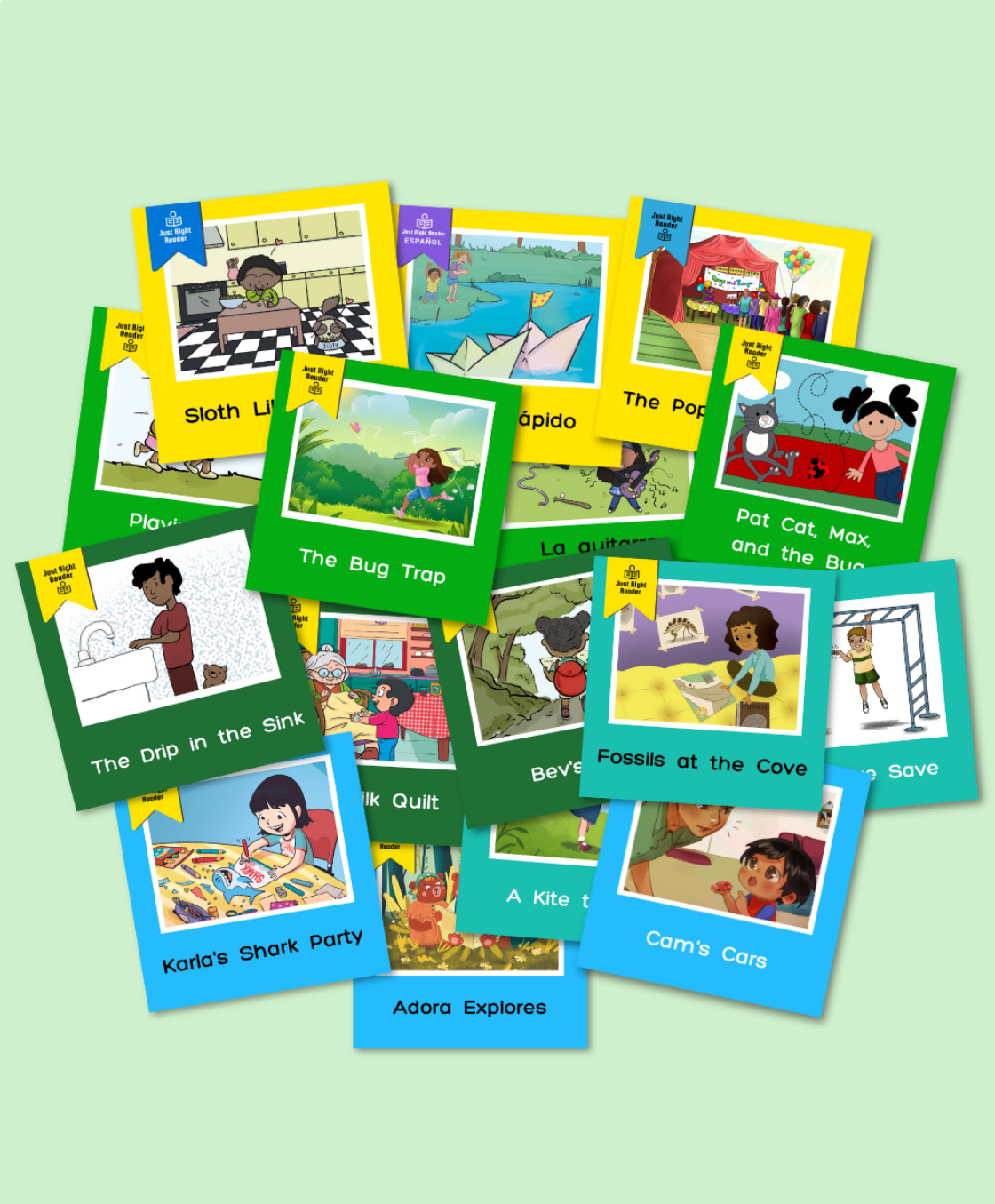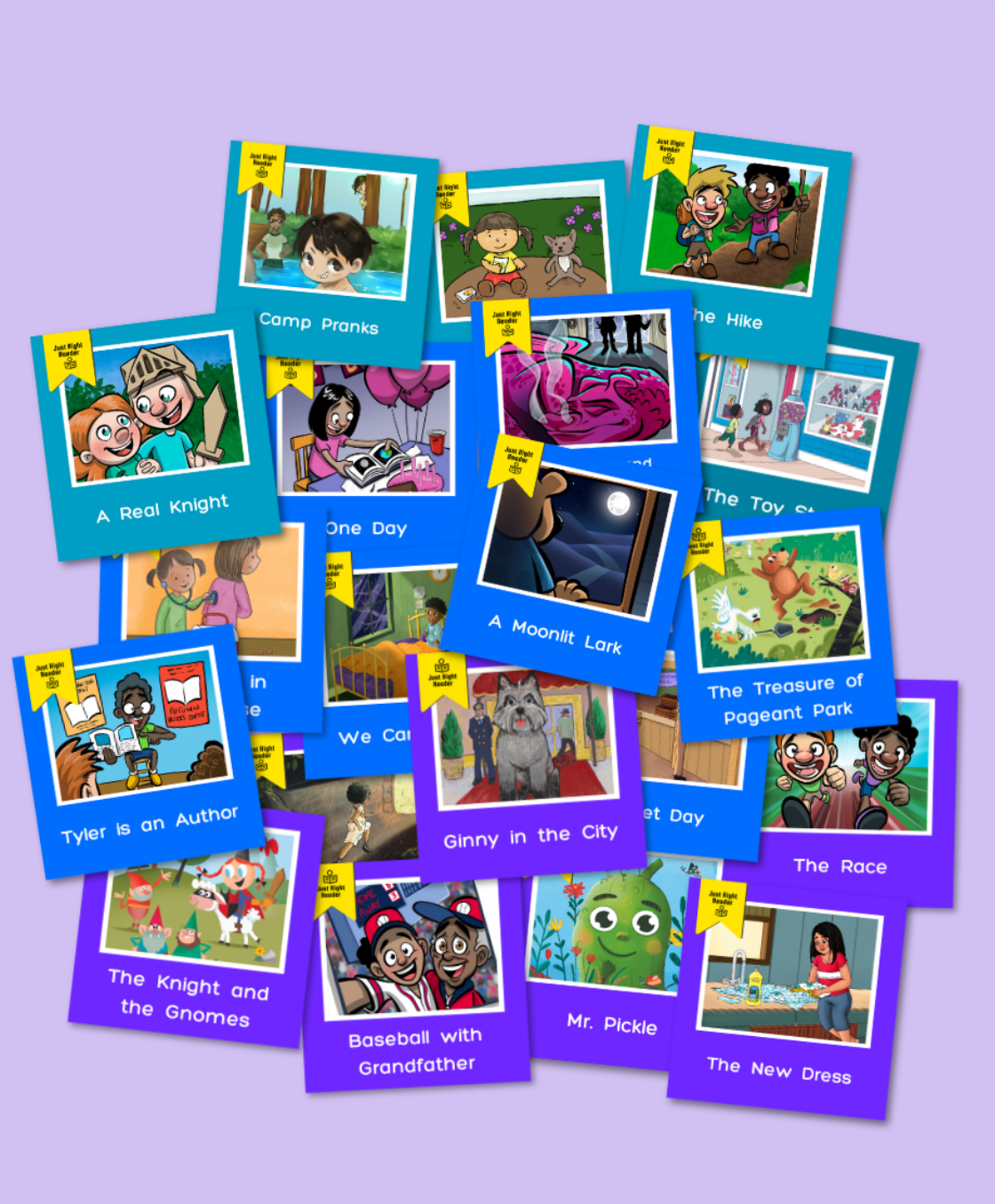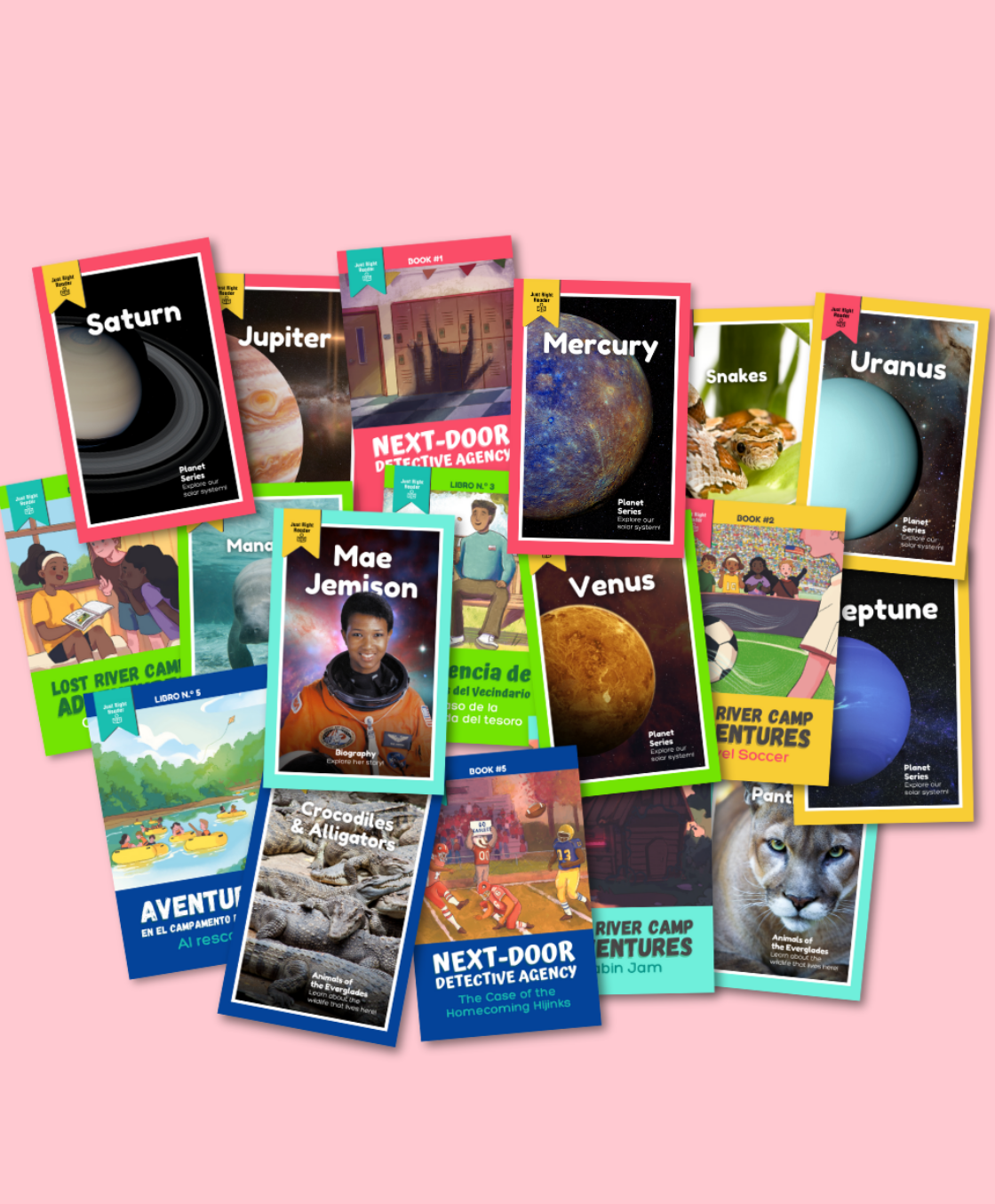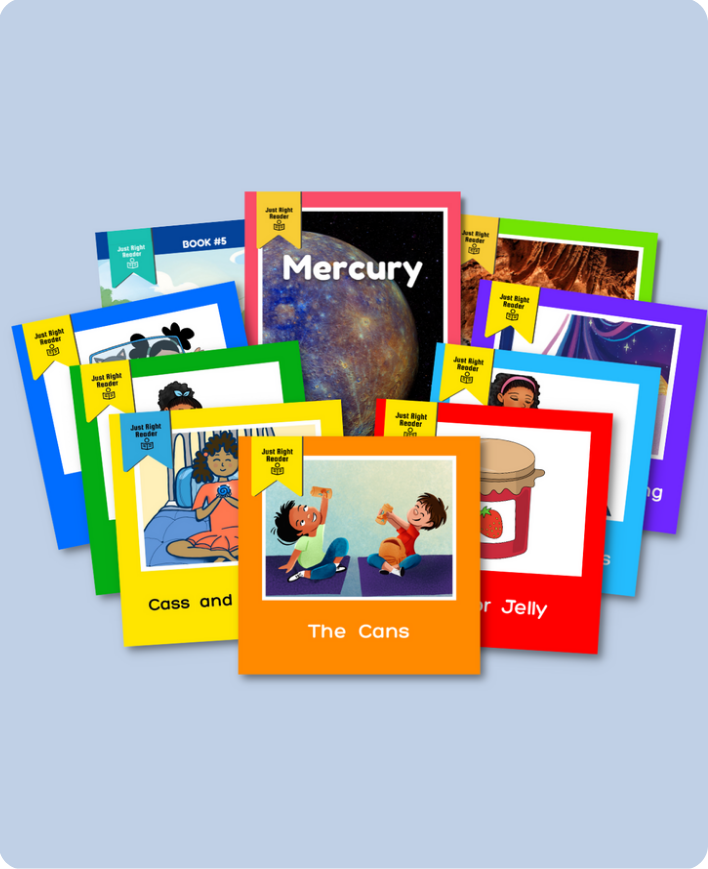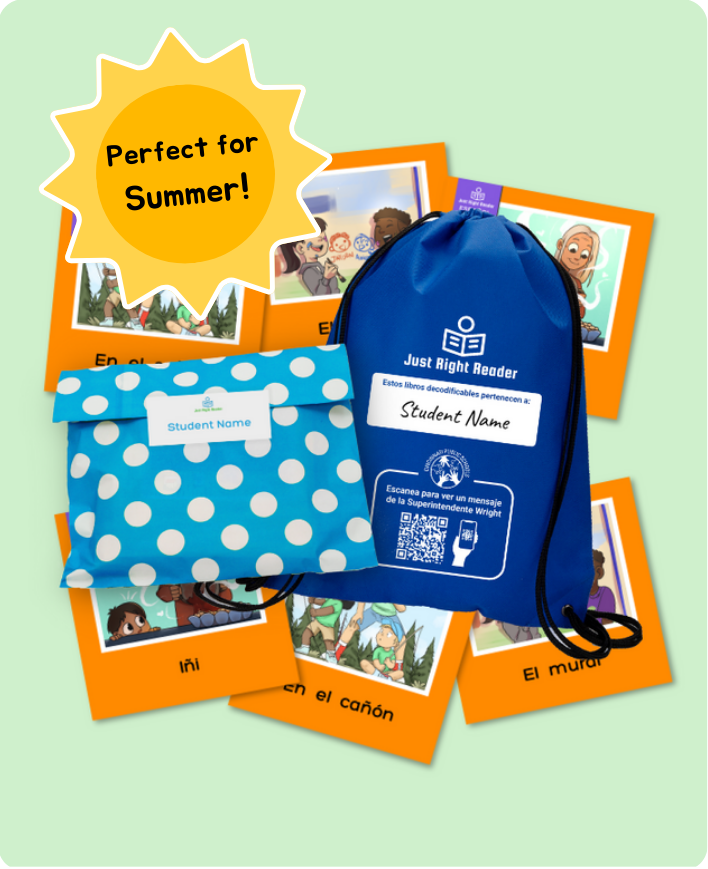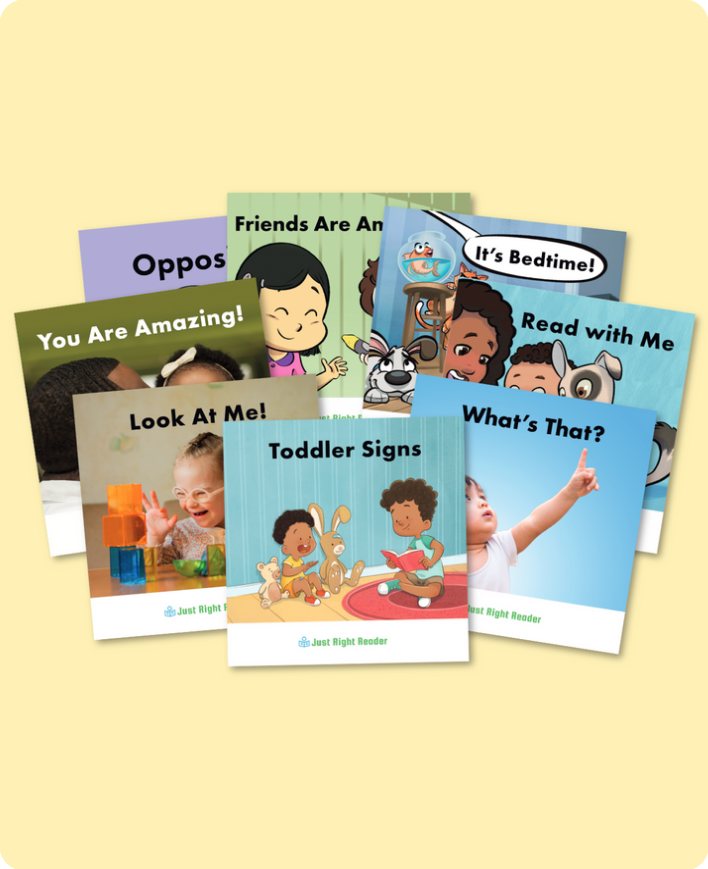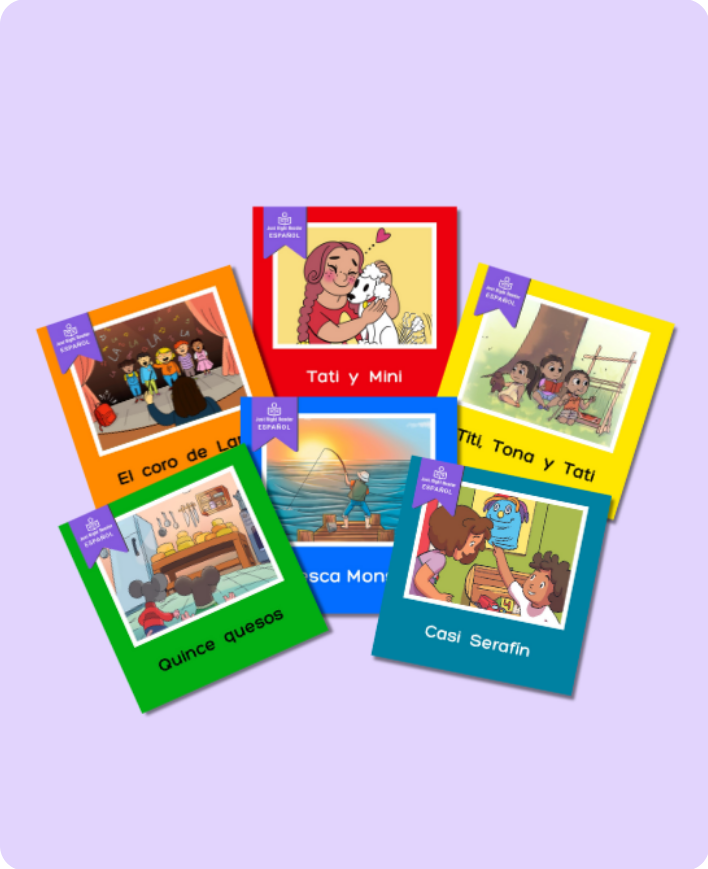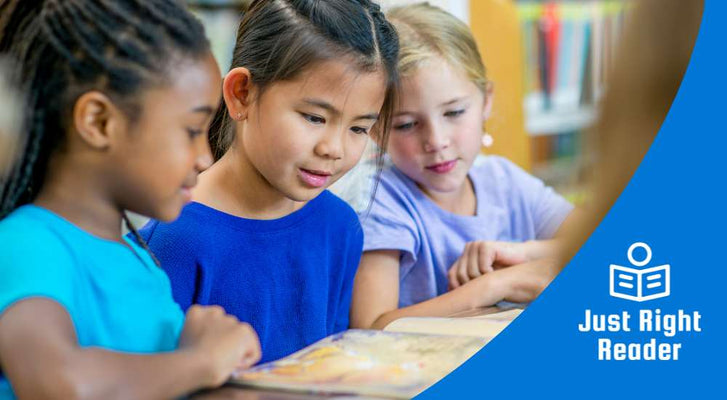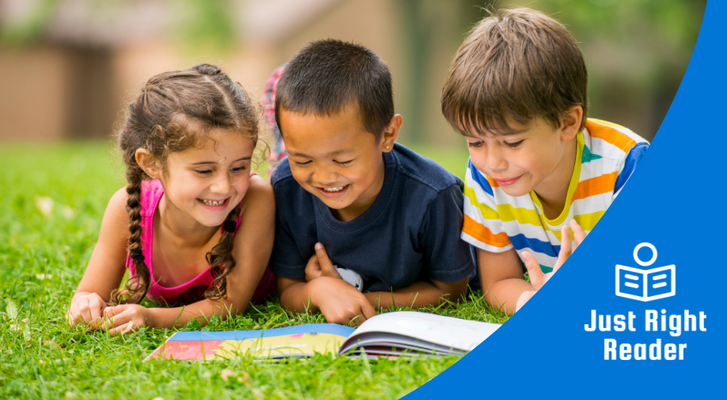
Creating a literacy-rich environment is essential for fostering students' language development and literacy skills.This kind of environment surrounds students with meaningful reading and language experiences, enhancing their reading, writing, and critical thinking skills throughout all subjects.
Explore practical strategies for building and maintaining a classroom that naturally encourages literacy development, backed by research.
What is a Literacy-Rich Classroom?

A literacy-rich classroom encourages reading, writing, and language activities by having many visible and easy-to-reach resources. It is designed to immerse students in language through interactive elements.
It features a variety of books, including fiction, non-fiction, and reference materials, writing stations stocked with supplies such as pens, pencils, and paper, vocabulary word walls with frequently used words, engaging read-aloud sessions with a range of texts, and visual aids for learning literacy concepts like charts and diagrams.
The classroom also includes labels on everyday items like tables and chairs, and dedicated areas for reading and writing activities, making language a core part of everyday learning.
Why is a Literacy-Rich Environment Important?

Research indicates that environments that promote regular interaction with text and writing materials have been linked to higher literacy achievement (Cambourne, 2002). Classrooms with inviting reading areas also increase students' engagement with books (Morrow & Weinstein,1986).
These classrooms surround students with books and activities that boost reading and writing skills. They offer a variety of reading materials and visual aids, improving students' understanding and critical thinking.
Regular exposure to text in these environments helps make reading a daily habit, enhancing academic success and fostering a lifelong passion for reading. This environment builds a solid academic foundation, increases student confidence, and keeps them motivated.
5 Strategies for Creating a Literacy-Rich Classroom

- Abundant and Accessible Book Displays
- Ensure a variety of books, including fiction, nonfiction, poetry, and memorable stories, are available and easily accessible in different parts of the classroom.
- Rotate books regularly to reflect thematic units, seasons, and student interests.
- Interactive Reading and Writing Centers
- Set up inviting, stocked areas for reading and writing with materials such as markers, paper, letters, and educational games.
- Include tools for students to create their own stories, such as story starters, character cards, and setting descriptions.
- Word Walls and Visual Aids
- Develop word walls that grow throughout the school year, including vocabulary from various subjects.
- Use charts, posters, and student-created materials to reinforce language lessons and provide visual reminders of concepts.
- Daily Read-Aloud and Storytelling Sessions
- Incorporate read-aloud sessions with varied book selections to model expressive reading and expose students to new vocabulary.
- Encourage storytelling that supports oral language development and allows students to practice narrative skills.
- Opportunities for Written Reflection
- Provide daily opportunities for students to write through journals, free writing sessions, or structured writing assignments.
- Use writing to reflect on readings, express opinions, and summarize learned content.
Maintaining a Literacy-Rich Environment

-
Regularly Assess and Adapt
Continuously assess the effectiveness of your literacy environment and make adjustments based on student needs and progress.
-
Engage with Families
Encourage a home-school connection by suggesting activities and lending books for students to take home.
-
Professional Development
Stay informed about the latest research and strategies in literacy education to keep your environment dynamic and effective.
Share our blog post, Family Reading, with families to offer suggestions for strengthening reading at home.
Creating and maintaining a literacy-rich environment is a dynamic process that requires dedication and creativity. By implementing these strategies, educators can significantly enhance literacy and language development, providing students with the skills necessary for lifelong learning.
Create a Literacy-Rich Environment with Just Right Reader Decodable Books
Developed with leading literacy experts, our Classroom Libraries and Take-Everywhere Decodable Packs are the perfect supplement to structured phonics instruction.

Our Science of Reading Decodables feature:
- An extensive library of 750+ titles in English and Spanish
- Engaging and relatable stories with relatable characters and vibrant illustrations that motivate students to keep reading
- Research-based, rigorous phonics scope and sequence that aligns to all phonics programs and curriculums
- QR codes that link to memorable video lessons in English and Spanish
References
Cambourne, B. (2002). Holistic, integrated approaches to reading and language arts instruction: The constructivist framework of an instructional theory.Annals of Dyslexia
Morrow, L. M., & Weinstein, C. S. (1986). Increasing children's use of literature through program and physical design changes. Elementary School Journal
